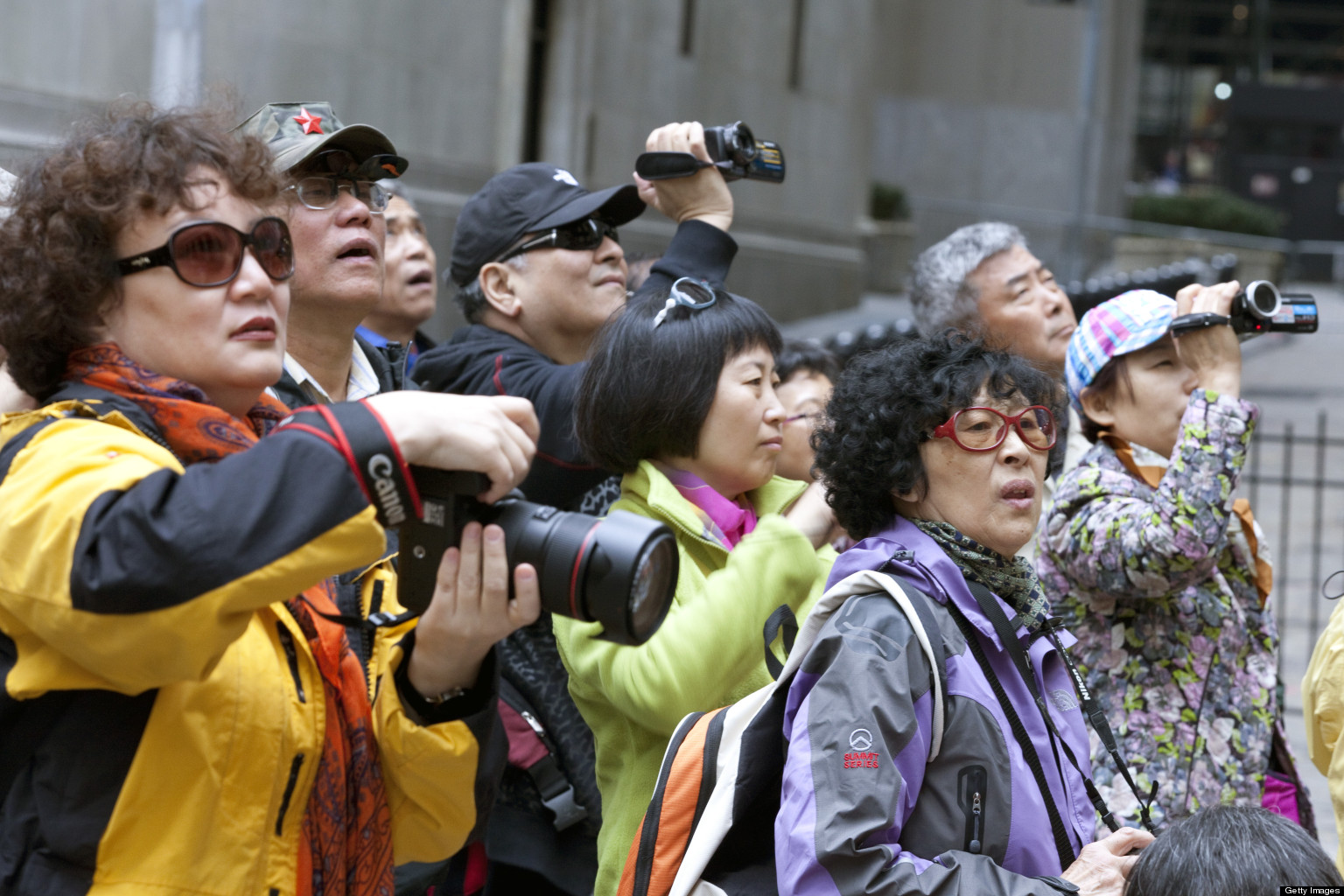China’s economy faces increased downward pressure, the premier has said, as the country prepares to announce first-quarter economic growth.
The government must “stand up to the downward pressure,” Premier Li Keqiang said late on Friday, to avoid an impact on employment and incomes, according to a statement on the government’s website, Reuters said.
“At this time, the national economy is running smoothly, but downward pressure continues to grow,” Li said.
Li also called for speeding up reforms in the northeast, a center of mining and heavy industry that has been lagging in growth.
The central government will funnel more support to the region for infrastructure, agriculture and equipment export, he said.
Known as China’s rust belt, the northeast was plagued by widespread layoffs in the 1990s, when the government forced state factories to shut en masse to cull inefficient industry.
Li called for the timely launch of major infrastructure projects in the region in areas such as transport and water conservation with the support of financial institutions.
The region enjoyed an economic boom in the past decade due to support from the central government and growing demand for raw materials and machinery products, but the revival has faltered this year as China’s growth grinds toward a 24-year low.
Consumer Inflation
Consumer inflation moderated to 1.2 percent in China during the first three months of the year, the lowest reading since the fourth quarter of 2009, indicating further room for policyeasing amid sluggish economic activities.
The first quarter’s close-to-deflation reading, on the back of weak domestic and overseas demand, is likely to be further proved by the expected below-7 percent GDP growth and other major indicators the government plans to release on April 15.
In March, the year-on-year Consumer Price Index, a main gauge of inflation, remained unchanged from the level in February at 1.4 percent, much better than market expectations.The index dropped to a five-year low of 0.8 percent in January, according to the National Bureau of Statistics.
On a month-over-month basis, however, the CPI declined by 0.5 percentage point fromFebruary. Food prices weakened significantly after the Chinese Lunar New Year holidays, down 4.5 percent from the level in February.
Non-food inflation remained at 0.9 percent year-on-year, supported by increases in the onshore regulated gasoline prices.
“There continues to be a disinflationary tendency in the Chinese economy, although it is notobviously detectable in the headline figure, as a rather large part of the basket is given to foodand energy that accounted for about 34 percent,” said Qu Hongbin, chief economist in Chinaat HSBC Holdings Plc.
The Producer Price Index continued to drop in March, at a rate of 4.6 percent year-on-year, but showed a narrowed contraction compared with the 4.8 percent decline in February.
People’s Bank of China Governor Zhou Xiaochuan recently said that China should be aware of the deflation risks.


